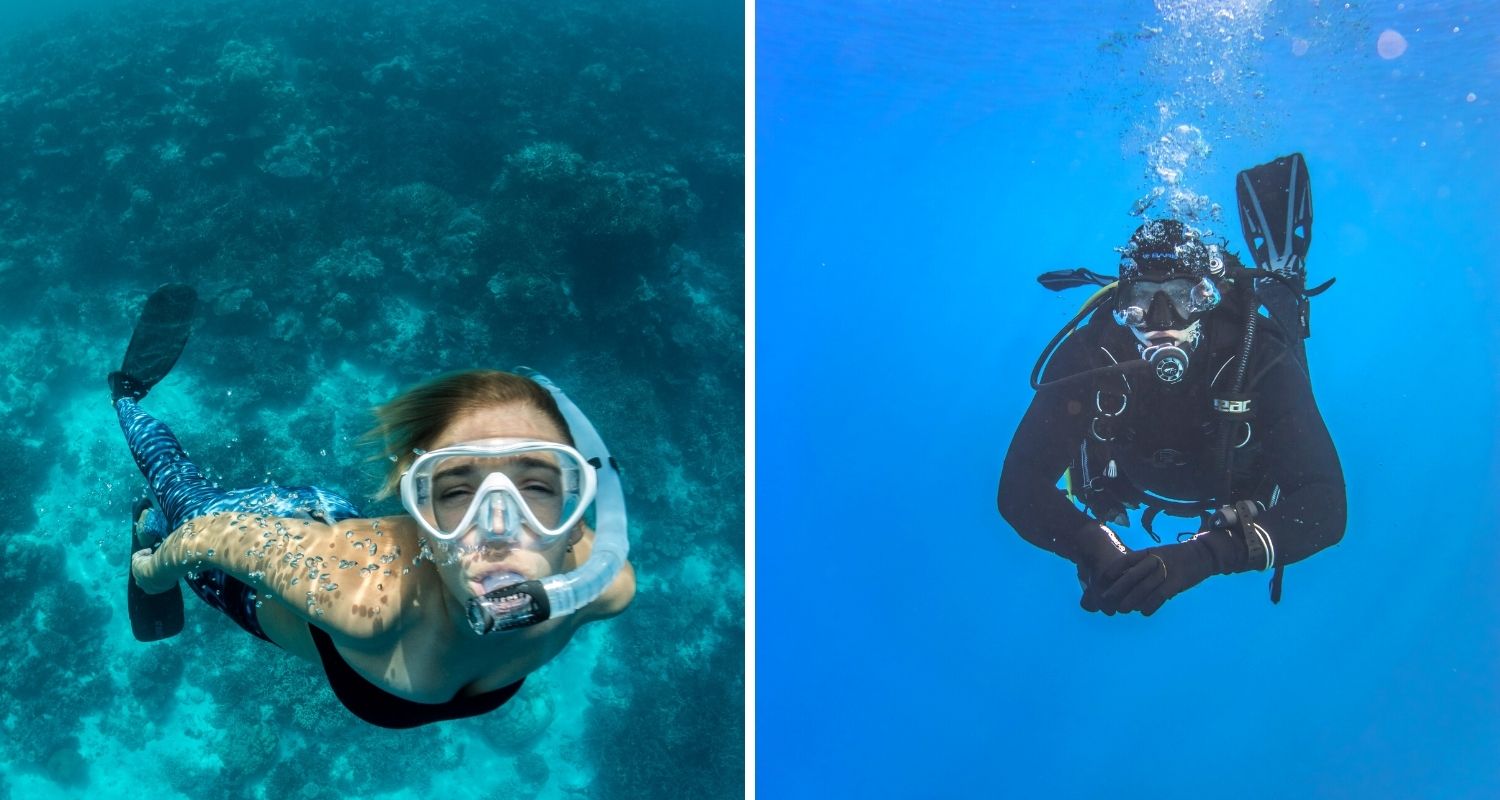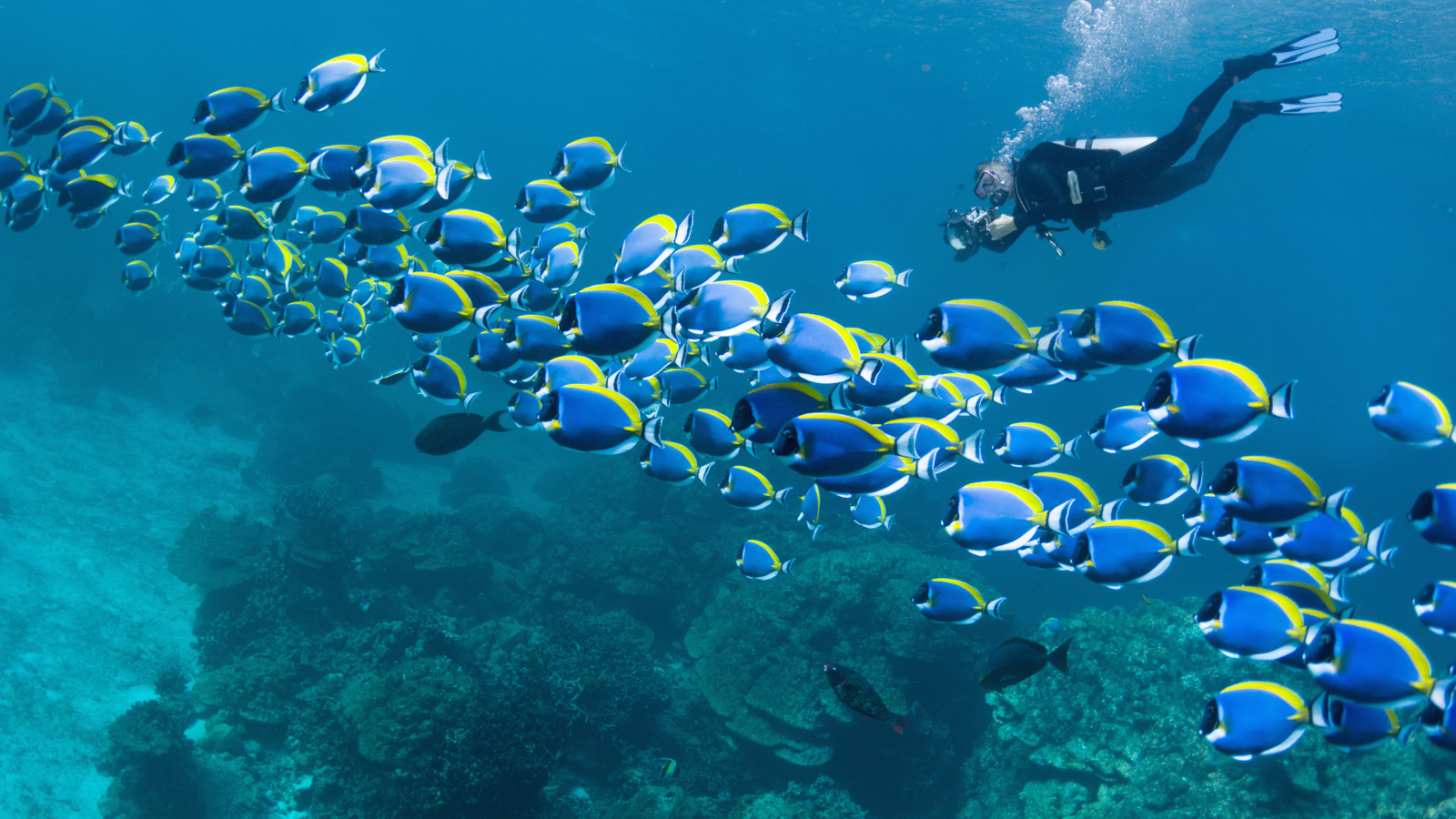Snorkeling is one of the most enjoyable water activities for beginners, adventure seekers, and seasoned divers alike. However, one crucial factor often overlooked is how much weight should I use for snorkeling. Using the correct weight ensures proper buoyancy, safety, and comfort while exploring underwater wonders. In this guide, we’ll break down expert tips, calculators, and advice to help you achieve perfect snorkeling balance.
Why Proper Weight Matters for Snorkeling
Getting your weight right isn’t just about comfort—it’s a matter of safety and efficiency.
- Buoyancy Control: Proper weight helps you stay level in the water without floating uncontrollably or sinking too fast.
- Energy Efficiency: Too little weight causes excessive floating, forcing you to use more energy to dive or maneuver. Too much weight can tire you out quickly.
- Breathing Ease: Correct weight allows for relaxed, controlled breathing and prevents panicking while submerged.
Neglecting weight considerations can lead to fatigue, poor underwater control, or even safety hazards.
How to Determine the Right Weight for Snorkeling
Factors Affecting Snorkeling Weight
Several variables influence the ideal weight for snorkeling:
- Body Type: Heavier individuals generally need less additional weight than lighter individuals due to natural buoyancy differences.
- Wetsuit Thickness: Thicker wetsuits provide more buoyancy, meaning you’ll need more weight.
- Swimming Ability: Strong swimmers may use less weight as they can naturally control their buoyancy.
- Gear: The type of mask, fins, and snorkel affects your buoyancy slightly, so consider your full setup.
Using a Snorkeling Weight Calculator
A snorkeling weight belt calculator or scuba weight buoyancy calculator can provide a precise starting point. Here’s a simple method:
| Factor | Adjustment Recommendation |
|---|---|
| Light wetsuit (<3mm) | Add 1–2 kg more weight |
| Medium wetsuit (3–5mm) | Standard weight as per calculator |
| Heavy wetsuit (>5mm) | Add 2–3 kg extra |
| Beginner snorkeler | Start 1 kg lighter, adjust gradually |
| Experienced snorkeler | Follow calculator recommendations strictly |
Tip: Always test in shallow water first to ensure safety.
7 Expert Tips for Perfect Snorkeling Buoyancy
- Start with Minimal Weight and Adjust Gradually
Don’t overload your belt initially. Begin with less than the calculated weight and add incrementally. - Consider Your Wetsuit Thickness
Thicker wetsuits provide more buoyancy. Adjust weight accordingly to avoid floating excessively. - Use a Weight Belt vs. Flotation Vest
- Weight belt: Ideal for precise control and divers who want to glide underwater.
- Flotation vest: Better for beginners and casual snorkeling to maintain surface stability.
- Test Buoyancy in Shallow Water First
Practice entering and exiting shallow areas to feel your balance and breathing comfort before heading deeper. - Keep Your Movements Slow and Controlled
Fast movements disturb buoyancy. Slow, deliberate kicks conserve energy and maintain balance. - Regularly Reassess Your Weight
Water temperature, wetsuit type, and experience can change your optimal weight. Recheck your setup periodically. - Consult Experienced Snorkelers or Instructors
Professional advice is invaluable, especially for first-time snorkelers unsure about weight and buoyancy techniques.
Common Questions About Snorkeling Weight
Do I Need Weights for Snorkeling?
Not always. Lightweight swimmers or those in shallow waters may snorkel without weights. However, weights help maintain level buoyancy and prevent exhaustion.
Can I Snorkel if I’m Not a Strong Swimmer?
Yes! Using a weight belt, flotation device, or vest improves stability and confidence for beginners. Start in shallow waters and gradually increase depth.
Is There a Weight Limit for Snorkeling?
While there’s no strict “limit,” overloading a weight belt can hinder movement, increase fatigue, and pose safety risks. Always start with recommended calculations.
How Much Weight Should I Use for Snorkeling Reddit?
Community recommendations vary, but most beginner snorkelers find 1–2 kg less than calculated weight sufficient until they practice buoyancy control.
Recommended Gear for Safe and Comfortable Snorkeling
Weight Belts and Flotation Belts
- Weight belts: Ideal for divers seeking precise buoyancy control.
- Flotation belts: Provide additional surface support; best for beginners or casual snorkelers.
Wetsuits and Buoyancy Compensators
- Wetsuit thickness: Adjust weight based on buoyancy.
- Buoyancy compensators: Optional for advanced snorkelers wanting maximum control at varying depths.
FAQs (People Also Ask)
Q: How do I know if my snorkeling weight is correct?
A: You’re balanced when you float horizontally at the surface with minimal effort and can descend slightly without sinking too fast.
Q: What happens if I use too much weight?
A: Excessive weight causes rapid sinking, increases fatigue, and can make surface breathing difficult.
Q: Can I snorkel without a weight belt?
A: Yes, but only if you’re comfortable floating and your buoyancy is naturally balanced. Beginners may struggle without some form of added weight.
Q: How to adjust weight for deep vs shallow snorkeling?
A: Shallow water usually requires less weight. For deeper snorkeling, increase weight gradually while maintaining comfort and breathing ease.
Conclusion
Proper weight selection is essential for enjoyable and safe snorkeling. Beginners, first-time snorkelers, and adventure seekers should:
- Use a weight calculator as a starting point
- Test in shallow waters before deeper dives
- Adjust weight based on wetsuit, body type, and experience
By following these 7 expert tips, you can achieve perfect buoyancy, conserve energy, and fully enjoy underwater exploration.
For more tips on snorkeling gear, buoyancy, and safety, visit ScoobaDiveGuide




